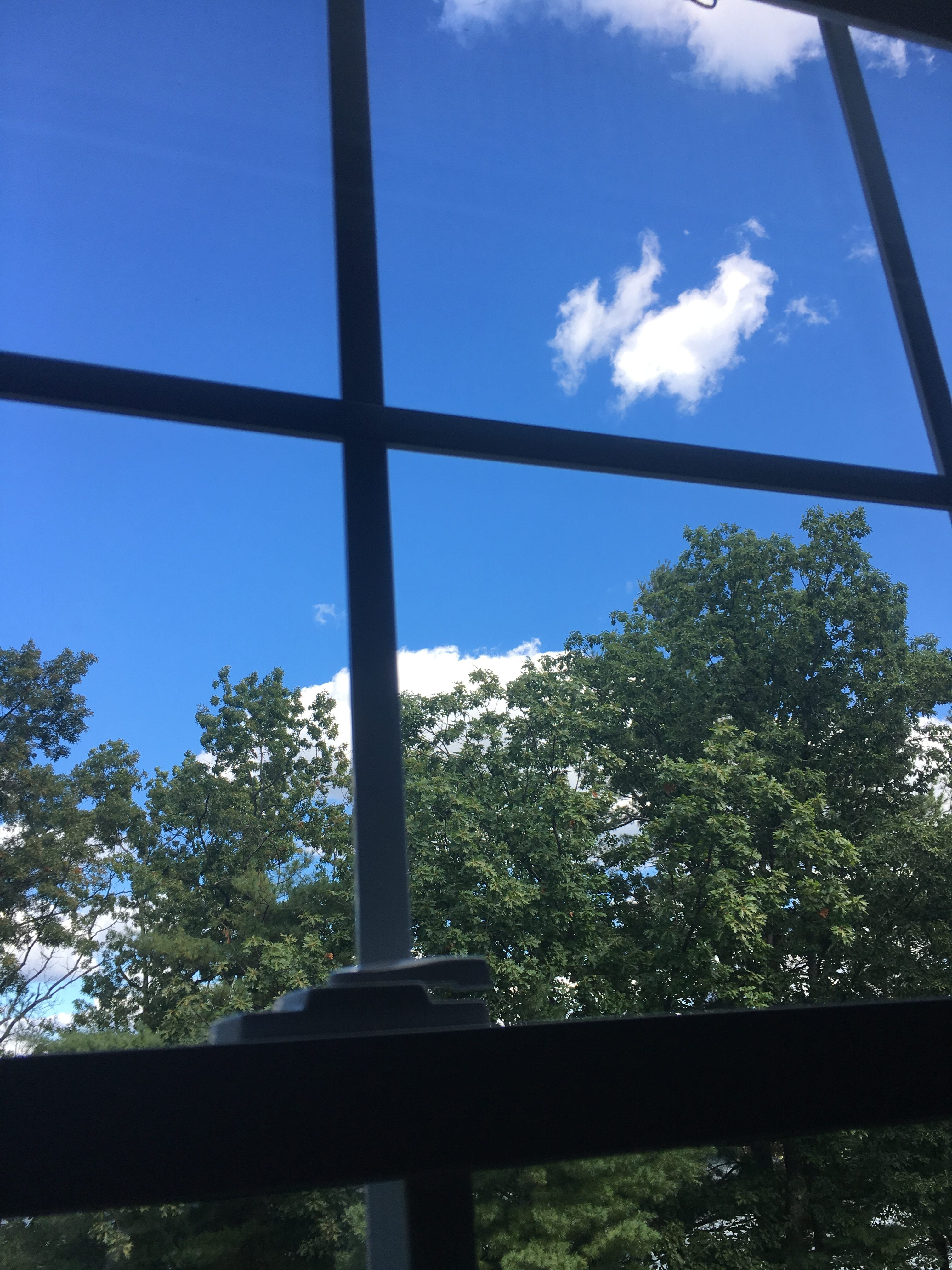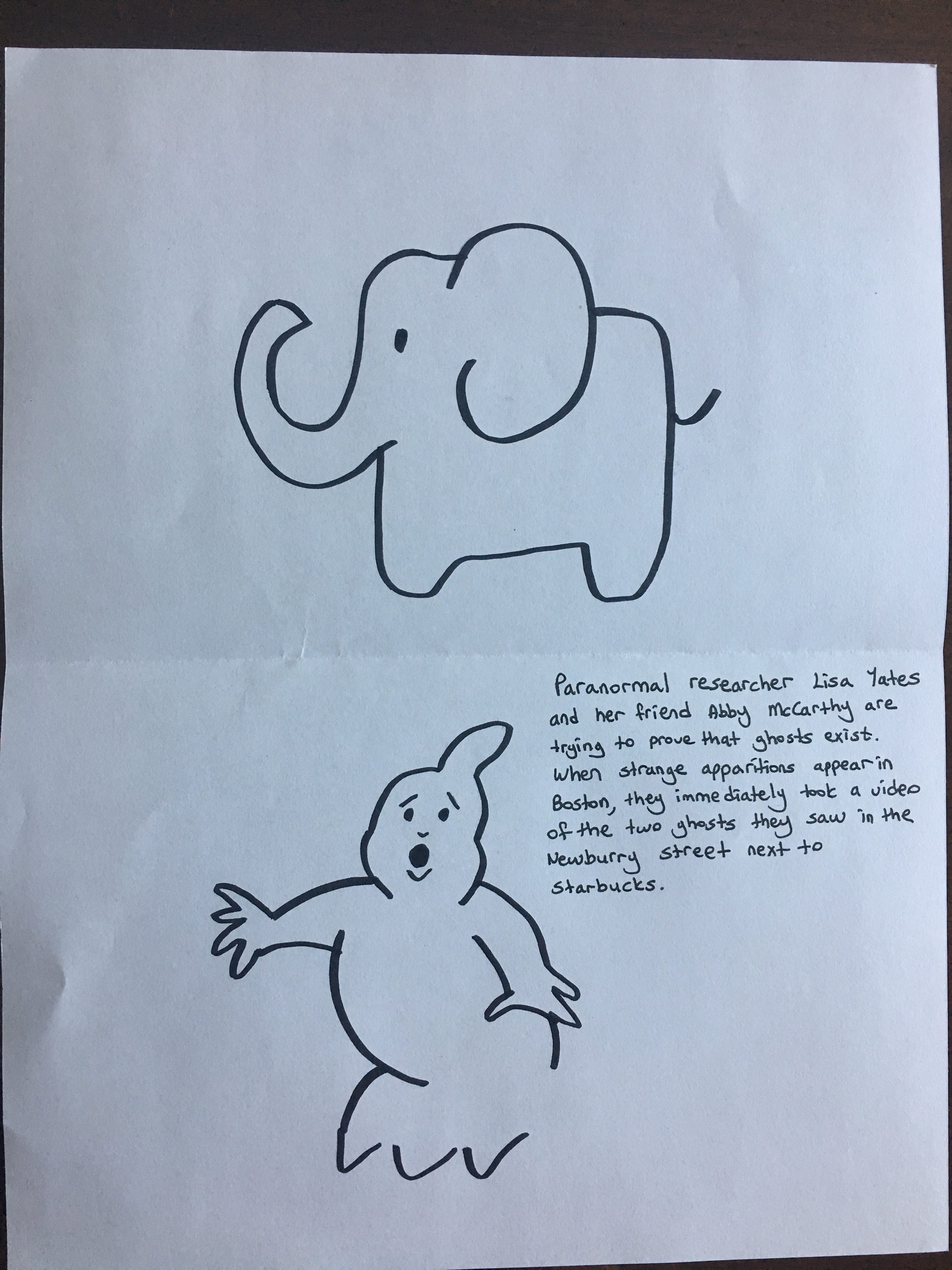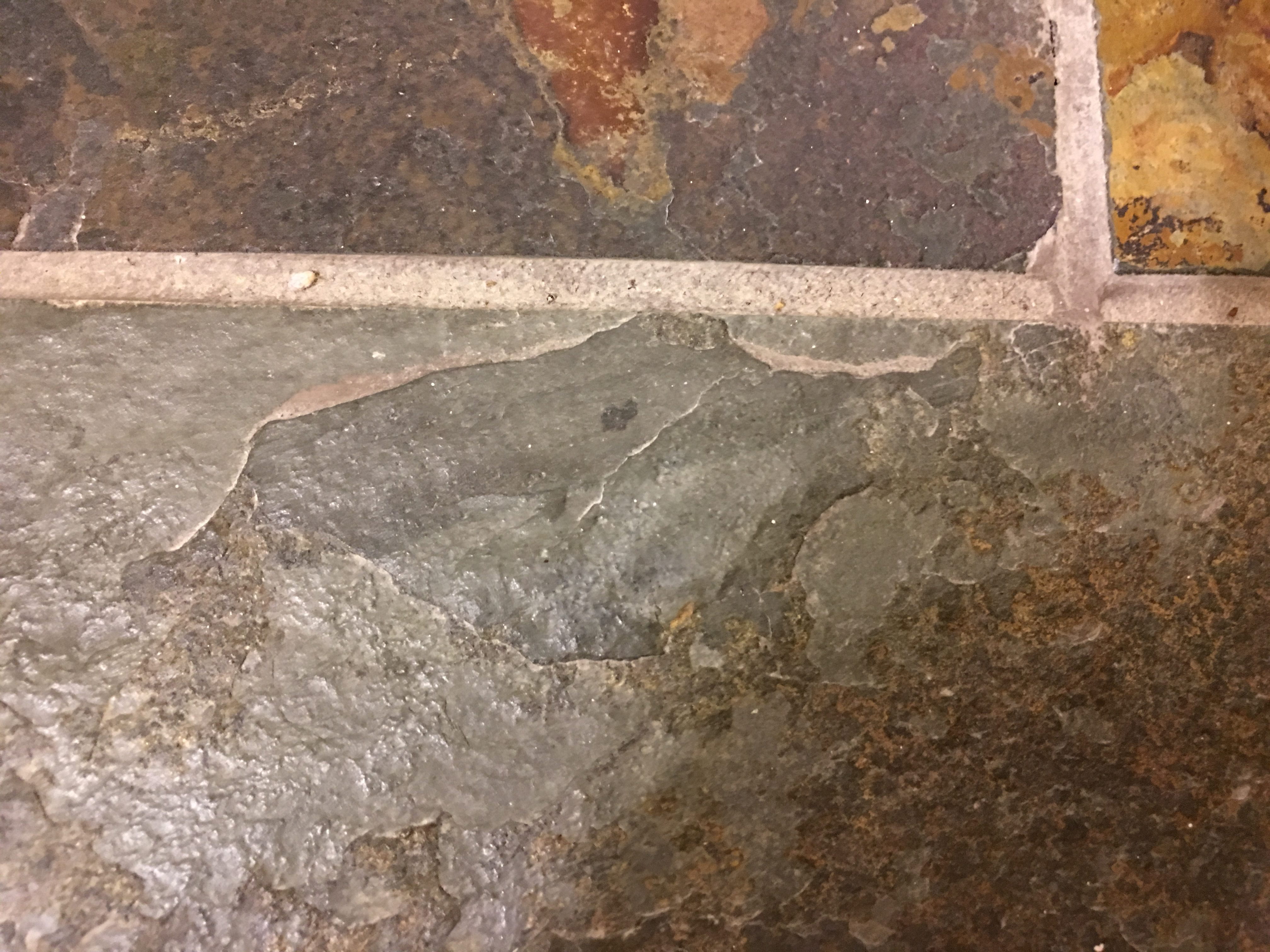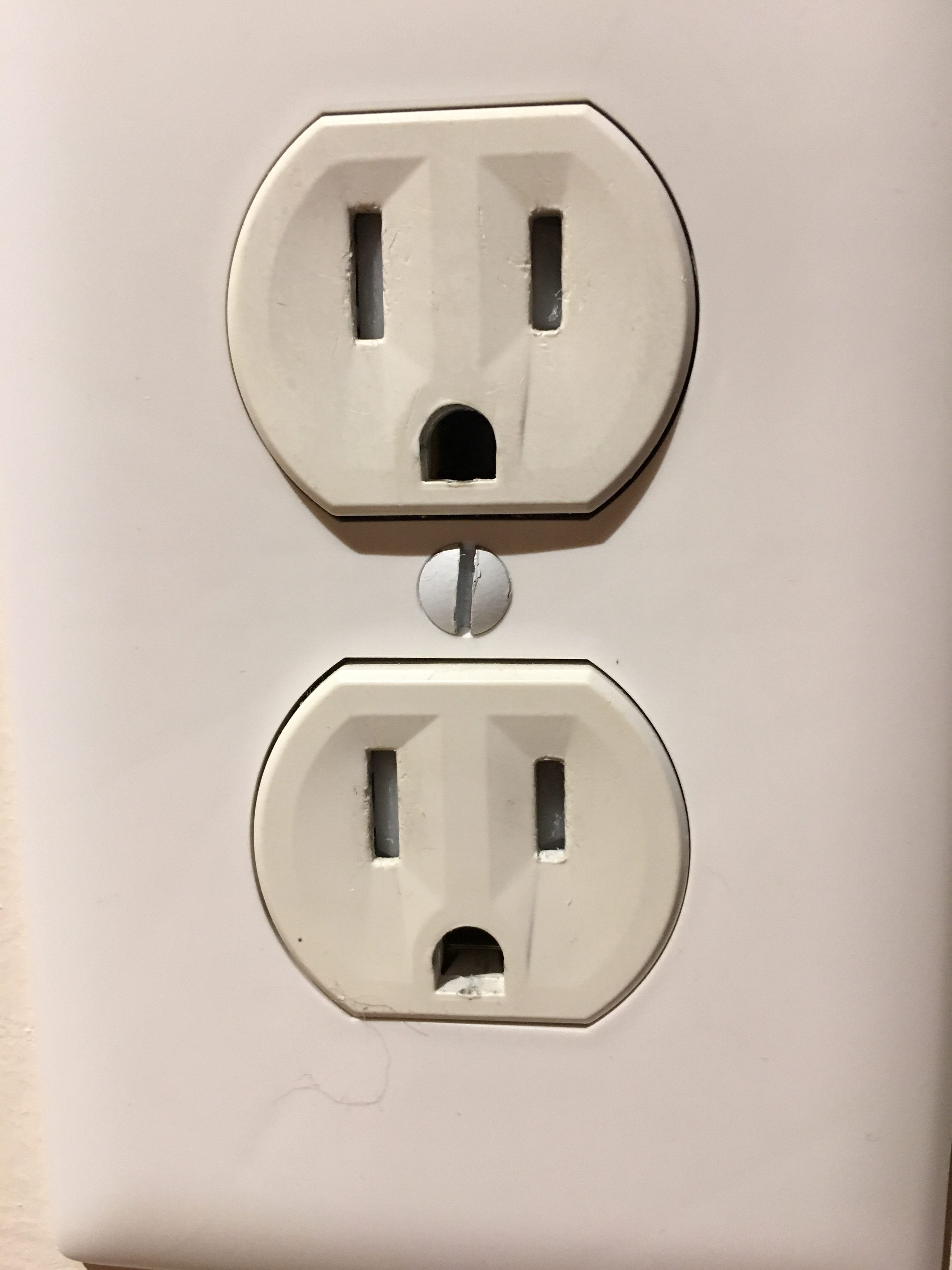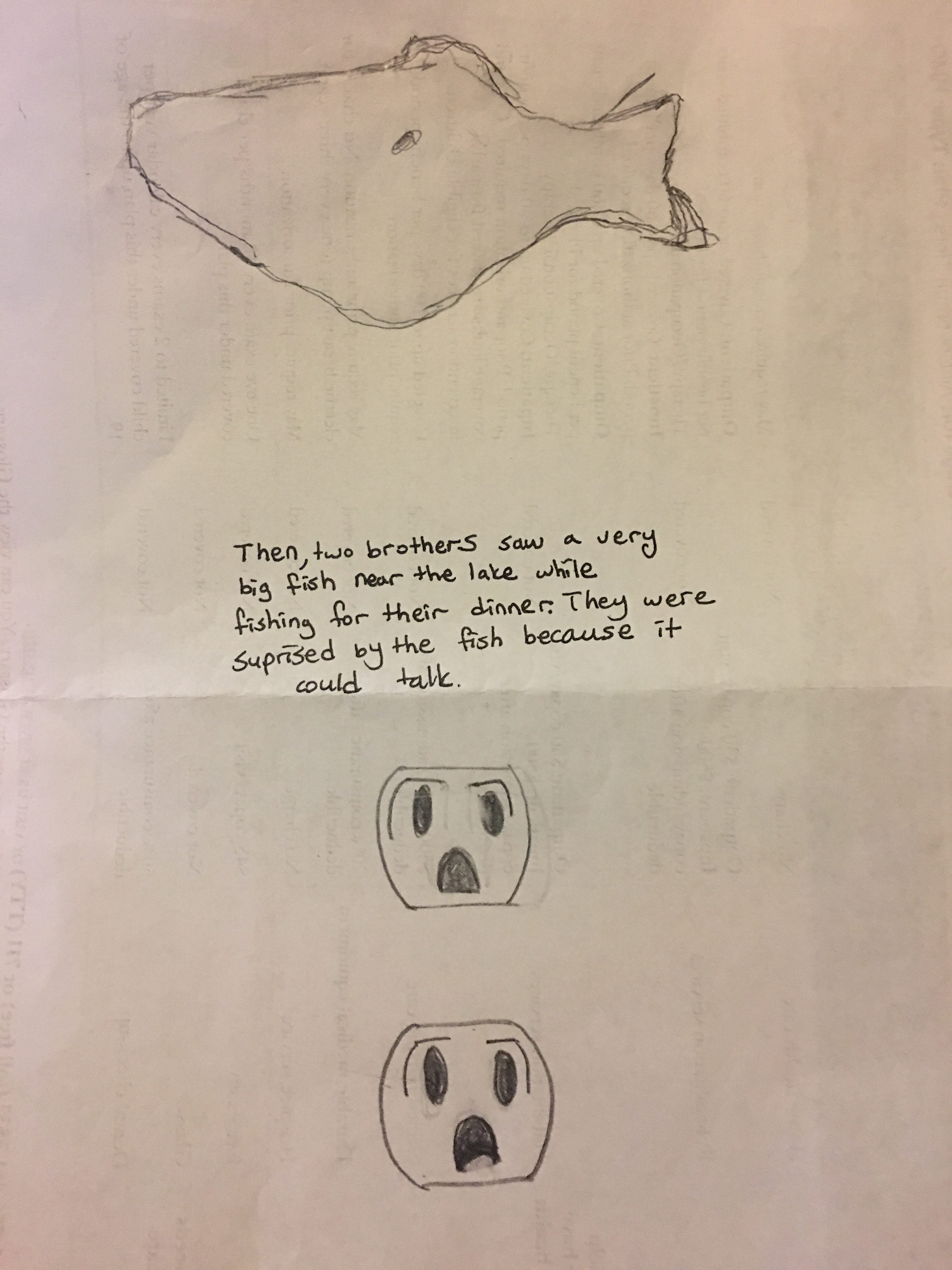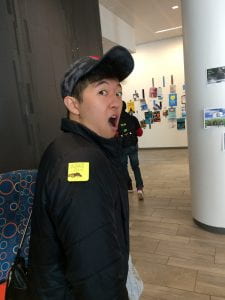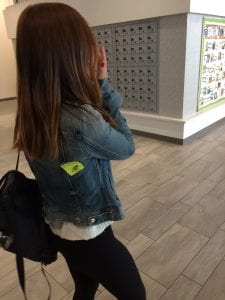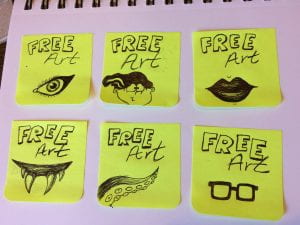SOCIAL PRESSURE
Dance like you just don’t care
or do you?
I only had one piece of work from Yoko Ono’s Grapefruit that inspired me. The piece was simply called “CITY PIECE”. The text is “Walk all over the city with an empty baby carriage.” I did not actually do this of course, but I did think about what it would be like to do this. I realized it would be strange, awkward, and probably a little funny because you would be tricking a whole bunch of people into believing that you are “normal” when you are actually potentially crazy.
All of this got me thinking about societal pressure. Every little thing we do has some form of societal norm for it. To be clear, I do not think that is always a bad thing. Societal pressures can prevent people from mindlessly slaughtering one another because we know that doing so is wrong. But Societal Pressure also makes us “generic” in a way. We all want to obey societal norms because no one wanted to be labeled as weird or crazy by the people around them.
I wanted to see what it was like doing something that people would find strange. The first thing that came to my mind was dancing. Dancing is something that is not considered normal if you do it in certain situations. At first, I wanted to dance in front of someone who tripped or someone who just served a specific kind of pizza at a pizza place because I thought it would be more shocking to people if they felt they were the trigger for it. I also thought that I would get more attention this way.
Then I thought about that. To be totally honest, I really did not want to do that because I was afraid of the social pressure that would ensue. This thought added the second line to my score and also made me think of the saying “dance like you just don’t care”. I used to hear that expression when I was a kid at camp and even through I was surrounded my other kids who were dancing; I was extremely uncomfortable because I wanted to dance normally. Dancing normally to me was the art of trying to become unnoticeable.
I wanted to dance in public because that would put me outside of my comfort zone, but I also was afraid to go to far outside of societal pressure. So I compromised and decided to dance in public. And that is what I did. And it was really awkward. To be honest, I am never doing that again.
The conclusion of this whole thing to me is: why would anyone want to be abnormal. Maybe I will make something in the future that will further challenge my comfort levels and then I will understand.

